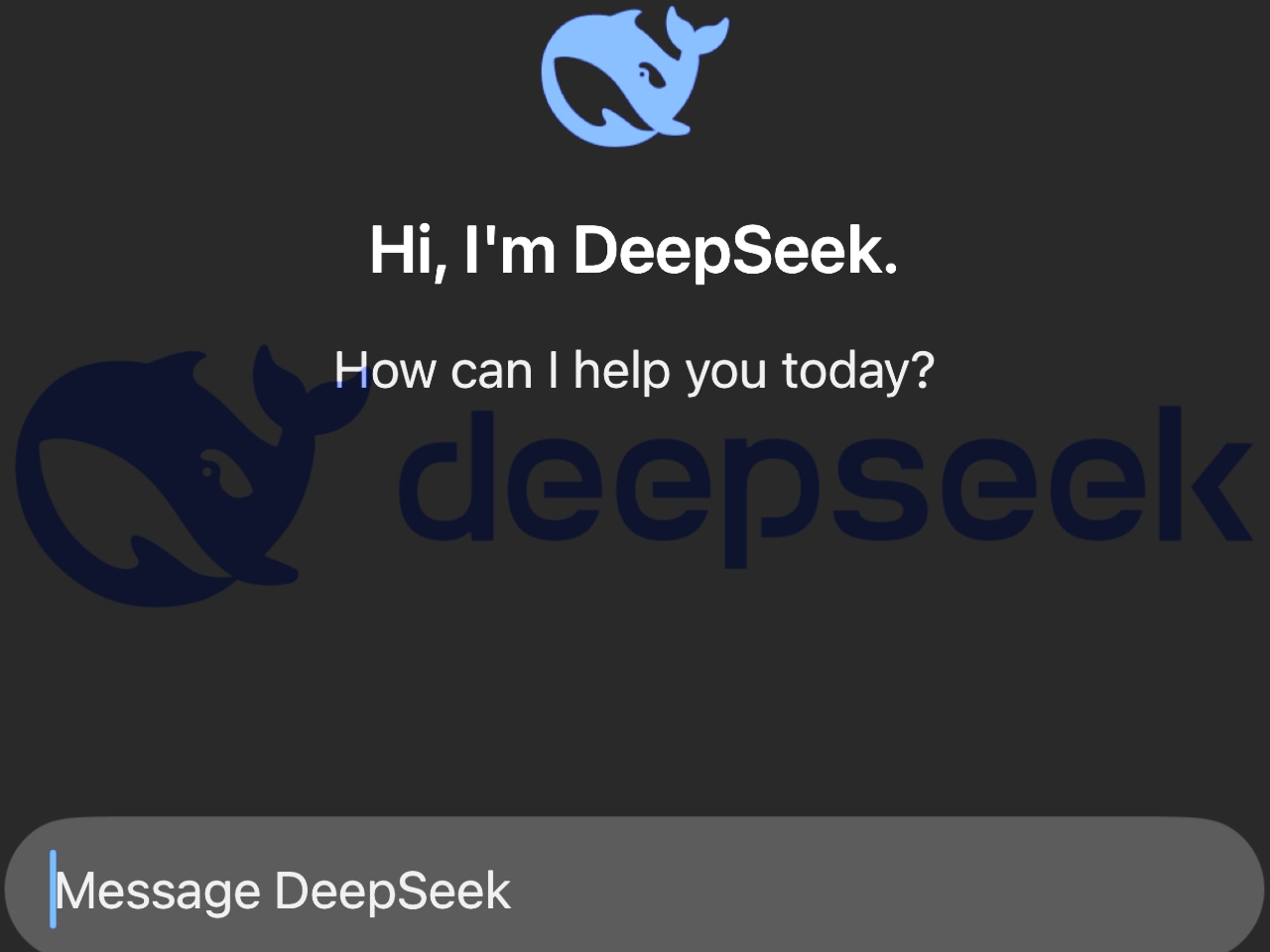On January 27, 2025, the artificial intelligence landscape experienced an unexpected shift. DeepSeek, a Chinese AI startup, climbed to the top of Apple’s App Store, surpassing OpenAI’s ChatGPT as the most downloaded AI assistant, according to Reuters and RetailWire. This rapid ascent sent ripples through the tech industry, leading to significant market reactions. Notably, Nvidia’s stock dropped by 12.5%, corroborated by Yahoo News, and the Nasdaq index fell by 3.4%, as investors sought to understand what set DeepSeek apart from established AI giants. Since then, the market has stabilized, with major players reassessing their strategies in response to DeepSeek’s emergence.

The David vs. Goliath Moment
Traditionally, the AI sector has been dominated by companies with vast resources, such as OpenAI, Google DeepMind, and Anthropic. These organizations have invested billions into developing large-scale AI models, operating under the belief that bigger models yield better performance.
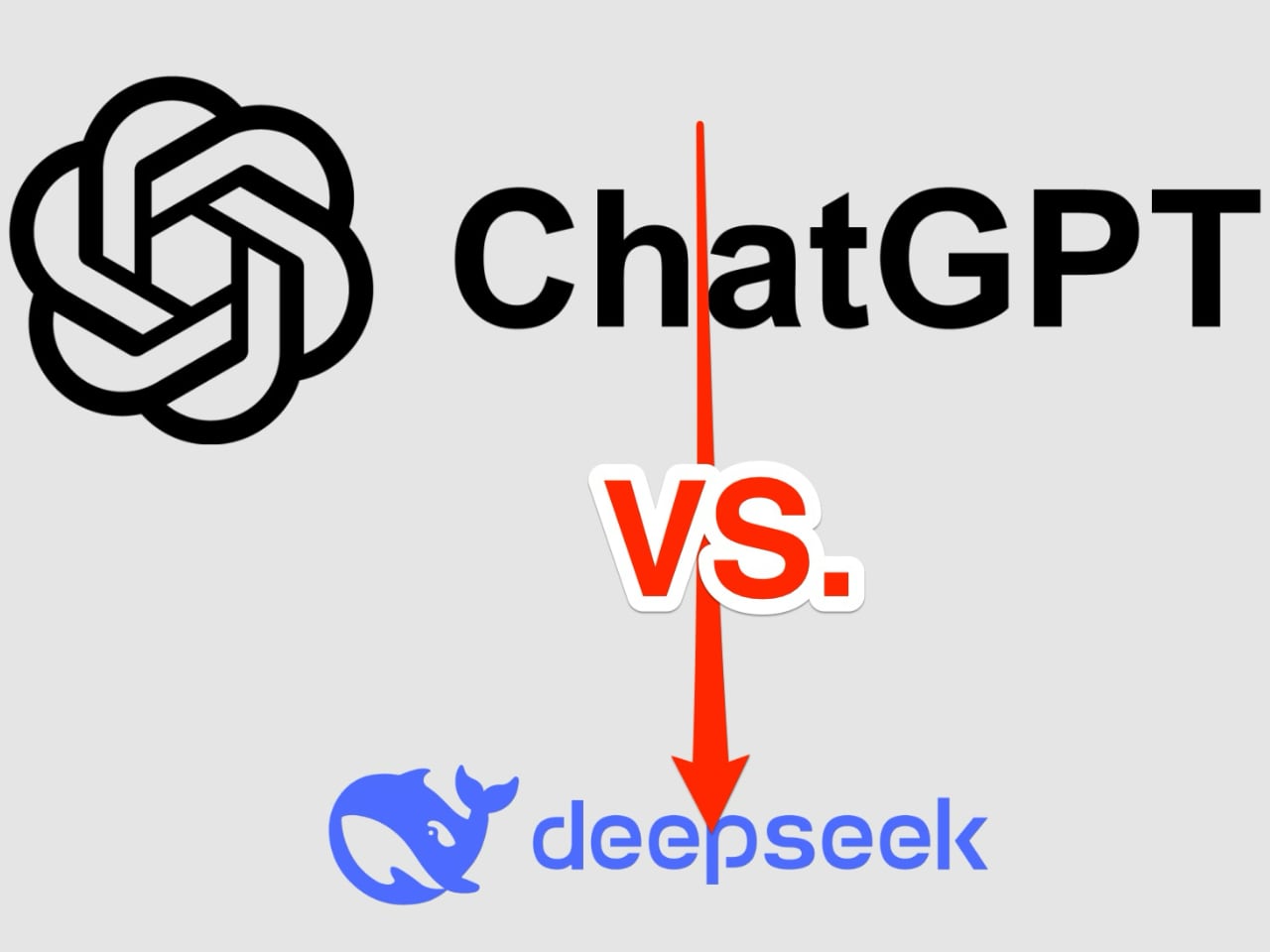
DeepSeek challenges this paradigm. Reports indicate that DeepSeek developed its AI model with a budget of approximately $5.6 million, a fraction of the expenditure by industry leaders. Despite this modest investment, DeepSeek’s AI demonstrates performance comparable to, or even surpassing, some of the most advanced models available today. This development prompts a reevaluation of the assumption that significant financial resources are essential for AI advancement.
A Different Kind of AI: Smarter, Not Bigger
Most AI assistants, including ChatGPT and Google’s Gemini, process user queries by engaging their entire neural network, a method that demands substantial computing power and energy.
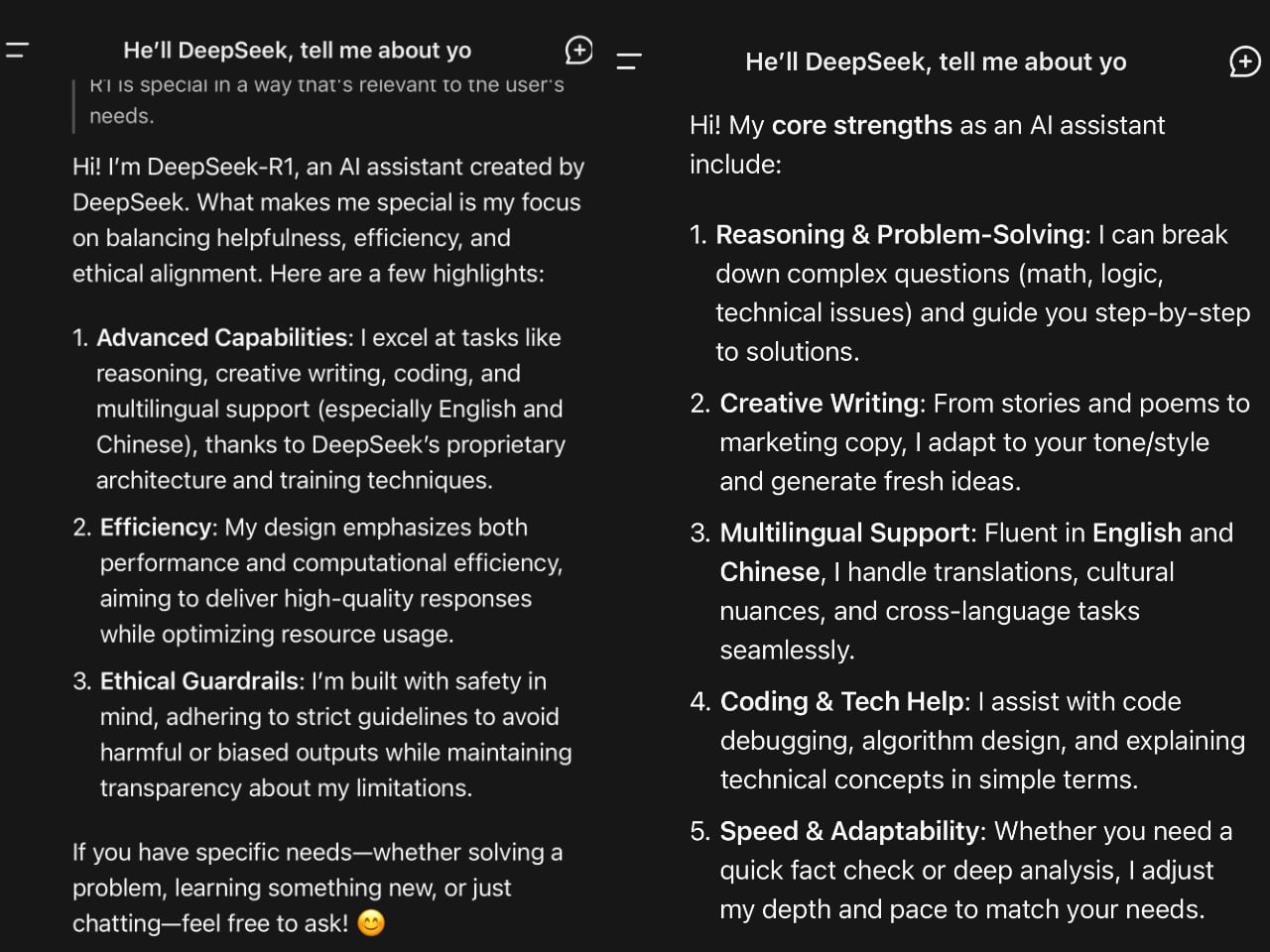
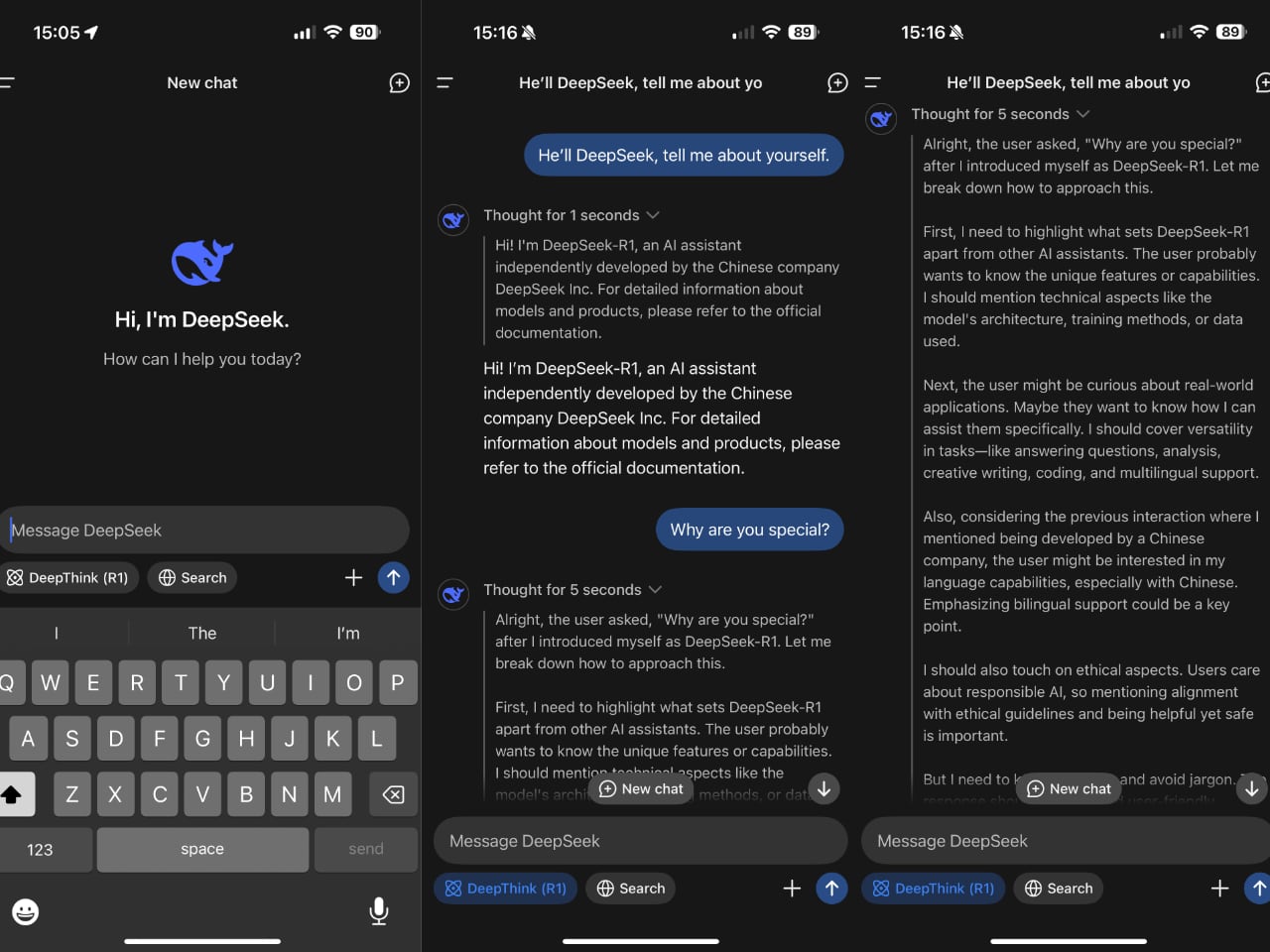
DeepSeek employs a different strategy known as the Mixture-of-Experts (MoE) architecture. In this approach, instead of activating the entire network for each query, the system selectively engages only the most relevant parts of the model. This method, referred to as inference-time computing, offers several advantages:
- Efficiency: By activating only necessary components, the system reduces energy consumption and speeds up response times.
- Cost-Effectiveness: This selective activation lowers operational costs, making the technology more accessible.
- Scalability: The model can be more easily adapted to various devices and applications without requiring extensive computational resources.
This efficient approach challenges the prevailing industry trend of developing increasingly larger models and suggests that innovation in AI may focus more on optimization than on scale.
Apple’s Approach to AI
Apple has long emphasized the importance of on-device AI processing, prioritizing user privacy and performance. This strategy involves running AI models directly on devices like iPhones, iPads, and Macs, reducing reliance on cloud-based processing. Apple’s Neural Engine, integrated into its A-series and M-series chips, is designed to handle AI tasks efficiently on-device.

In June 2024, Apple introduced Apple Intelligence, a system that combines generative models with personal context to deliver relevant and useful intelligence to users. This system is deeply integrated into iOS 18, iPadOS 18, and macOS Sequoia, highlighting Apple’s commitment to on-device AI processing.
While both Apple and DeepSeek focus on efficient AI processing, their approaches differ. Apple’s strategy centers on running AI models entirely on the device to enhance privacy and responsiveness. In contrast, DeepSeek’s innovation lies in optimizing cloud-based AI models to be more efficient.
The Geopolitical and Legal Implications
DeepSeek’s rise has significant geopolitical and legal implications. The United States and China are engaged in a competitive race for AI supremacy. The U.S. has implemented measures to limit China’s access to advanced computing resources, aiming to slow its AI development.
However, recent developments have added a legal dimension: OpenAI has accused DeepSeek of intellectual property theft, asserting that DeepSeek used OpenAI’s proprietary models to enhance its AI capabilities. This accusation suggests that China while demonstrating significant AI advancements, may still face challenges related to intellectual property rights. Reports from New York Post detail the legal proceedings and highlight the complex interplay between technological innovation and intellectual property laws.
Industry Reactions
DeepSeek’s emergence and the subsequent allegations have elicited varied responses from industry leaders:
- Marc Andreessen, a prominent venture capitalist, described DeepSeek’s rise as a “wake-up call” for Silicon Valley, urging a reevaluation of current AI development approaches.
- Sam Altman, CEO of OpenAI, while acknowledging DeepSeek’s public success, has pointed to potential legal repercussions regarding the alleged use of OpenAI’s technology by DeepSeek.

- Elon Musk expressed skepticism, questioning whether DeepSeek’s model represents a true breakthrough or is an iteration of existing technologies appropriated unlawfully.
Companies like Microsoft and Google are reportedly adjusting their strategies in response to DeepSeek’s success and the legal landscape, emphasizing efficiency and optimization in their AI development efforts.
The Future of AI Development
DeepSeek’s rapid ascent prompts a reconsideration of prevailing assumptions in AI development. The traditional focus on building larger models with greater computational power is being challenged by approaches that prioritize efficiency and optimization alongside ensuring proprietary technology is respected.
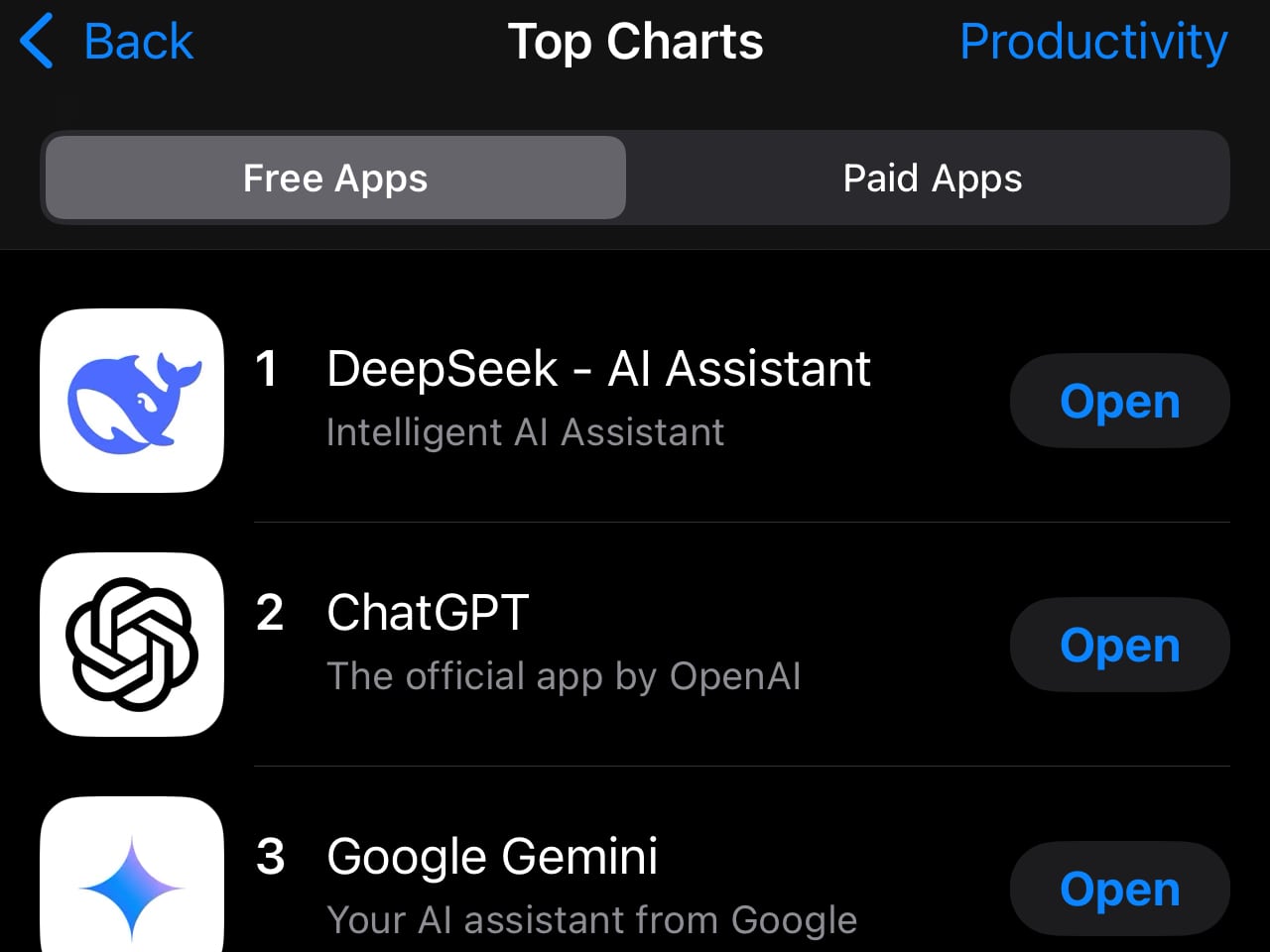
This shift could lead to:
- More Accessible AI: Efficient models may lower the barrier to entry for AI development, enabling smaller organizations to contribute to advancements.
- Diverse Applications: Optimized models can be deployed across a wider range of devices and use cases, including those with limited computational resources.
- Sustainable Development: Emphasizing efficiency could reduce the environmental impact associated with large-scale AI model training and deployment.
- Legal Precautions: Ensuring clear boundaries regarding proprietary technologies and innovations in AI is crucial in fostering global competitive fairness.
As the AI landscape evolves, the emphasis may move from sheer scale to intelligent design, resourcefulness, and ethical compliance, shaping the future trajectory of artificial intelligence.
DeepSeek’s story is still unfolding, but its impact on the AI industry is undeniable. By demonstrating that efficiency can rival scale, DeepSeek has challenged established norms and prompted a reevaluation of strategies within the AI community. As the industry adapts, the focus may increasingly shift toward developing smarter, more efficient models that can operate across diverse platforms, aligning with approaches like Apple’s on-device AI strategy. The ripple effect initiated by DeepSeek has only just begun, and its long-term implications—both technological and legal—will continue to influence the direction of artificial intelligence development.

